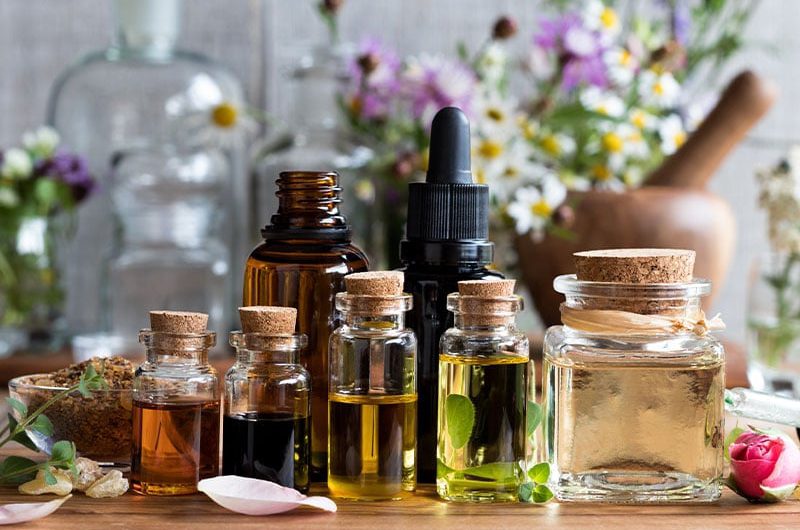The top 5 mistakes to avoid when using essential oils
In a world that champions Western medicine and harsh chemicals, essential oils continue to be amazingly popular. Clinical trials point to essential oil benefits ranging from headache relief to natural stress reduction. Research out of Johns Hopkins even suggests that essential oils are more effective than antibiotics at killing a type of bacteria that causes Lyme disease.

However, just because essential oils are considered a natural remedy, it doesn’t mean there’s no risk of adverse effects. And while essential oils have been a staple in aromatherapy for centuries, they do come with some important safety considerations to remember.
Know how to avoid these common essential oil mistakes to minimize the risk of adverse effects
You should think about more than just scent when deciding which essential oils to buy – and deciding how to use them. Here are five mistakes that essential oil novices tend to make:
- Not diluting them properly. Essential oils are highly concentrated, meaning a little goes a long way! But diluting your oils isn’t just a cost-effective strategy – it’s an important safety strategy, too. Generally speaking, you should always dilute your essential oils in a high-quality carrier oil (like jojoba oil or coconut oil) before applying them to your skin or putting them in a bath. Most resources recommend a concentration of roughly 2% for topical applications, depending on the type of oil (that’s about 6 drops of essential oil per 1 tablespoon of carrier oil).
- Not applying them properly. When mixed into a carrier oil, many essential oils are considered safe to apply to the skin, including lavender and tea tree oil. Others can be inhaled with tools such as an aromatherapy diffuser. We don’t recommend ingesting essential oils without the direct supervision of a professional, given the potential risks of harm (for example, less than half a teaspoon of eucalyptus oil can cause serious poisoning in an infant if accidentally ingested). As an extra precaution, many experts recommend doing a skin patch test on a small area of your skin and watching for signs of adverse reactions for 24 hours before applying your solution all over.
- Not knowing which ones are photosensitive. Certain types of essential oils, including bitter orange, lemon, and grapefruit essential oils, contain plant compounds called furocoumarins that react strongly to UV light from the sun and can lead to sunburns and skin damage. So, avoid being in the sun when using photosensitive essential oils topically.
- Ignoring the symptoms of adverse reactions. If your skin doesn’t like a particular essential oil, it might develop redness, itchiness, or a raised rash. Accidental ingestion of essential oils, while rare, could also lead to serious signs and symptoms, including nausea, vomiting, diarrhea, shortness of breath, coughing, drowsiness, or even seizures and organ damage. Stop using an essential oil if it causes skin irritation.
- Not purchasing a high-quality product. Lower quality essential oils may contain synthetic chemicals and impurities that could damage your skin and decrease the product’s effectiveness. Wondering how to choose a good-quality essential oil? Here are some tips to help you select and properly store a great product. Whenever you do end up shopping for some essential oils, be sure to look closely at the label. Look for things like “100% essential oil”, wild-crafted, and/or certified organic, as these generally indicate higher quality. Labels should be clear to read. It’s great if your essential oil has the Latin name of the plant included since this allows you to know which species of the plant your oil is derived from. Lastly, you tend to get what you pay for with essential oils. If you’re choosing a super cheap option, it’s probably lower in quality.
Essential oils can degrade if exposed to a lot of heat, light, or air (especially citrus oils). So, be sure to store essential oils in tightly closed dark containers in a cool place.
yogaesoteric
February 21, 2022
